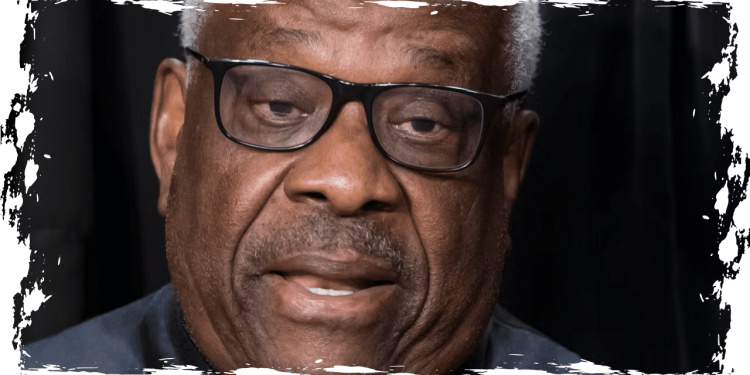The US Supreme Court has reversed a previous ruling that declared South Carolina’s congressional maps as gerrymandered, which was deemed unconstitutional due to its discriminatory impact on Black voters.
The recent ruling by the high court, with a 6-3 majority, provides state lawmakers with a clear path for potentially discriminating against Black voters when creating congressional district boundaries. The decision allows lawmakers to argue that their actions were based on party affiliation rather than race.
In a concurring opinion, Justice Clarence Thomas expressed his belief that the nation’s highest court should not be involved in monitoring racial gerrymandering. He even went as far as labeling the court’s decision to end segregation in the US as “extravagant.”
In the landmark ruling of 1954 known as Brown v Board of Education, the Supreme Court aimed to eliminate racially segregated education by employing a broad interpretation of equitable remedies and making extensive use of judicial power, as described by Justice Thomas.
In his statement, he expressed his opinion that he wrote separately to examine the fidelity of established voting rights to the US Constitution. According to him, the Court does not possess the authority to make decisions on these types of claims.
The argument is made that the responsibility of drawing political districts should lie with politicians rather than federal judges. It is claimed that the court’s inclination to involve itself in cases related to racist voter suppression has resulted in the development of doctrines that rely on race-based reasoning, which goes against the principles of the Constitution.
The argument put forth was for the court to “abandon” these types of cases and instead let politicians handle redistricting.
In a recent federal court ruling, South Carolina’s map was invalidated due to the unconstitutional use of race in drawing its boundaries. The First Congressional District, which is currently represented by Republican US Rep Nancy Mace, was specifically found to be in violation.
In a recent ruling, a three-judge federal appeals court panel determined that the state legislature’s actions of relocating Black voters from one district can be described as a deliberate attempt to manipulate the map. This move, often referred to as “bleaching,” was deemed problematic. However, the state’s Republicans, opposing the notion that the map was racially motivated, have appealed this decision to the Supreme Court, arguing that it was driven by partisanship rather than racism.
The case has highlighted the challenges in protecting the voting rights of Black individuals, especially in states where race and political affiliation are closely intertwined, making it difficult to distinguish between racial and partisan gerrymandering. In South Carolina, the majority of Black voters align themselves with the Democratic party, with only a small percentage voting Republican.
In the recent ruling penned by Justice Samuel Alito, the conservative majority of the Supreme Court contended that the complaint filed by the South Carolina chapter of the NAACP was based on “circumstantial” evidence. The evidence in question suggests that Republican state lawmakers took race into consideration when creating the state’s congressional map.
The Republican lawmakers, along with the justices, maintained that the reduction in the influence of Black voters was merely an unintended consequence of a partisan gerrymander.
Dissenting from the court’s decision were three liberal Justices: Ketanji Brown Jackson, Elena Kagan, and Sonia Sotomayor.
In a passionate dissent that surpasses the length of the majority’s opinion, Justice Kagan argues that the court has effectively permitted the continuation of this “odious” practice of categorizing citizens based on racial generalizations and exploiting racial divisions.
In her opinion, she empowers states to proceed without any valid justification for employing race, such as complying with laws that guarantee equal voting rights. She encourages them to use race as a convenient tactic to achieve partisan advantages, whether it means electing more Republicans or Democrats. She suggests that it will be effortless for states to conceal their motives in the long run.










